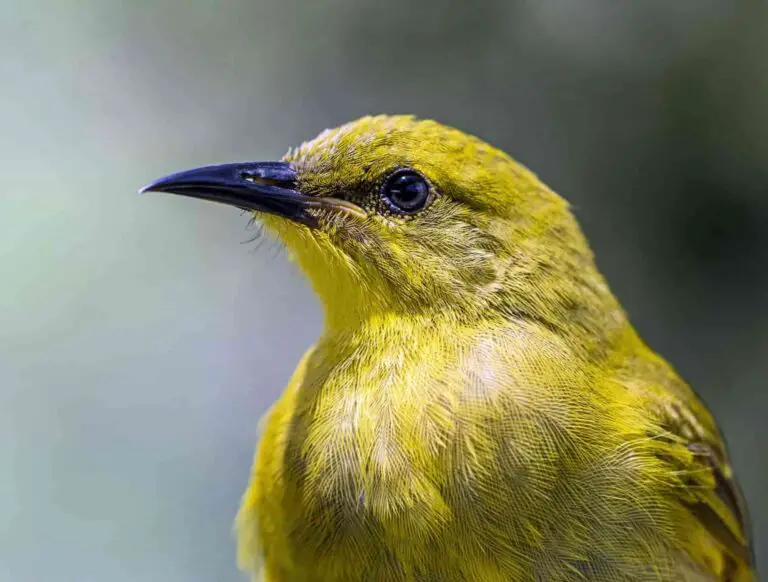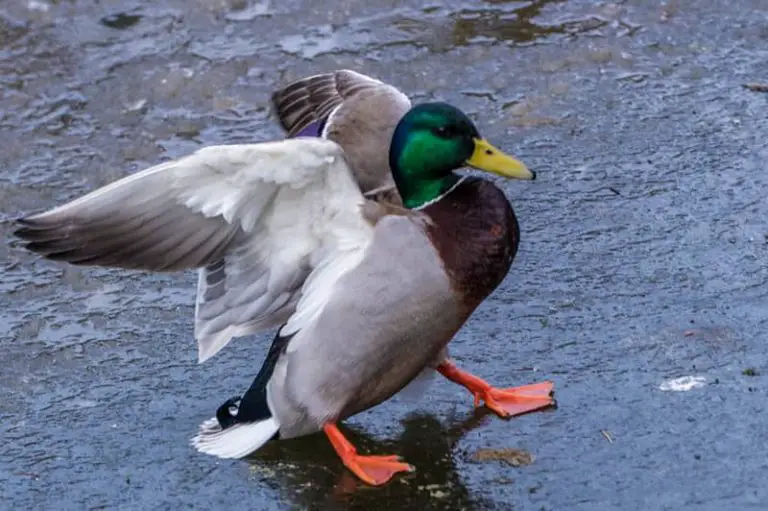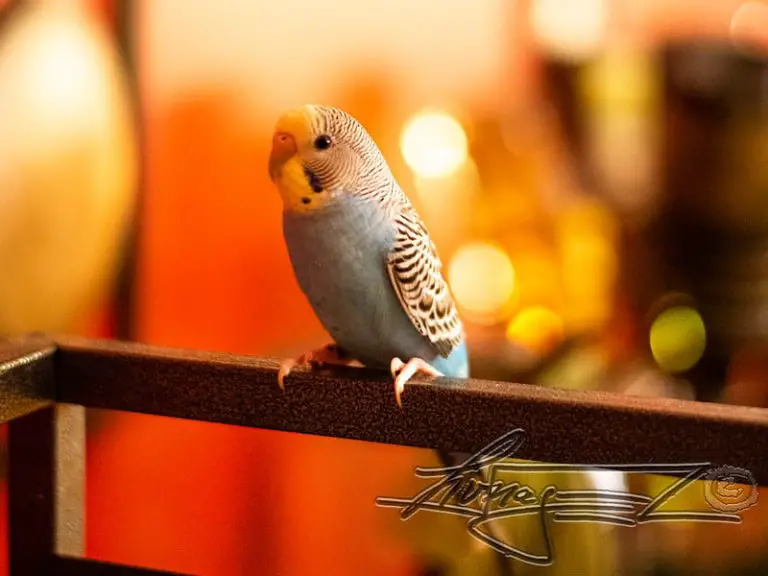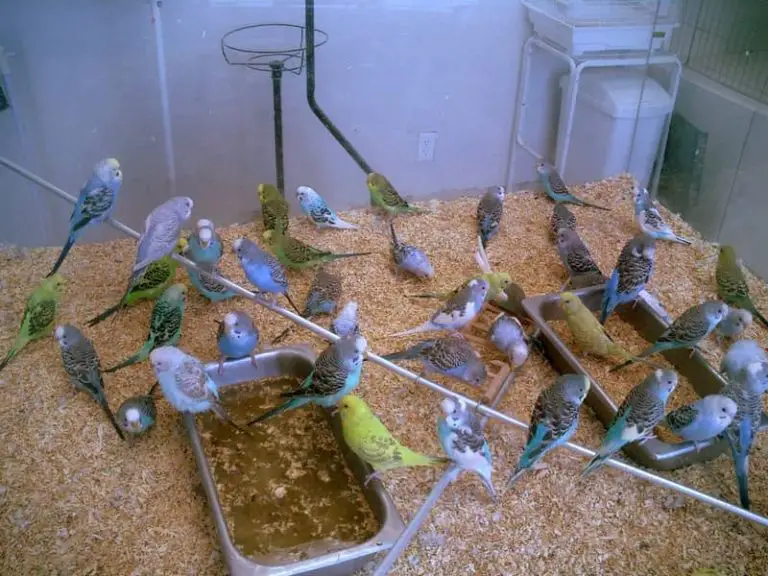Do Pheasants Eat Mice? (Clear Explanation)
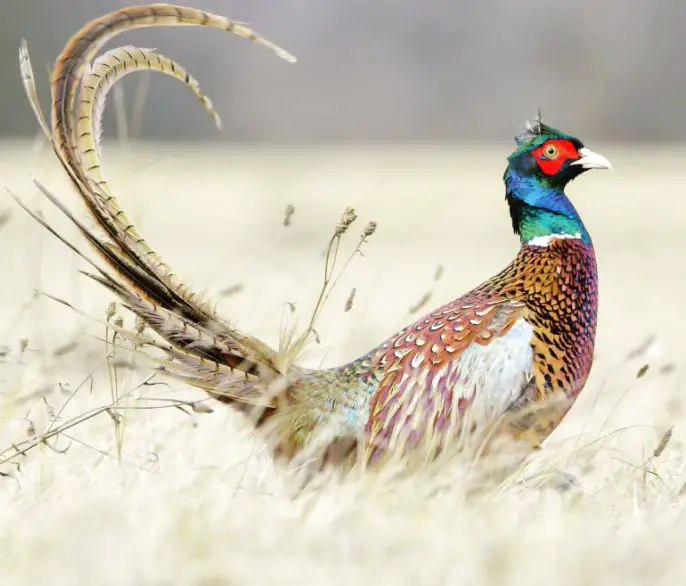
The pheasant is beautiful poultry, related to chickens. Many people who have pheasants on their farms may have noticed at some point that pheasants, like chickens, can eat small mice.
This may seem a surprising fact, although pheasants feed on seeds, vegetables and small insects, their versatility when it comes to feeding is so great that they could be considered omnivores.
Their feeding is based on an opportunistic diet, they will eat whatever they can stomach and have the opportunity to eat, including small mice. As well as other small vertebrate animals, small lizards, worms, even small snakes.
The pheasant is a bird with hunting skills in nature, they can quickly fly several meters high, when a pheasant notices a small mouse it may run after it trying to hunt it.
Incredible as it may seem, if the mouse is very small they can swallow it whole, usually they try to peck it and chop it up as much as they can with their beak, it sounds crude, I know.
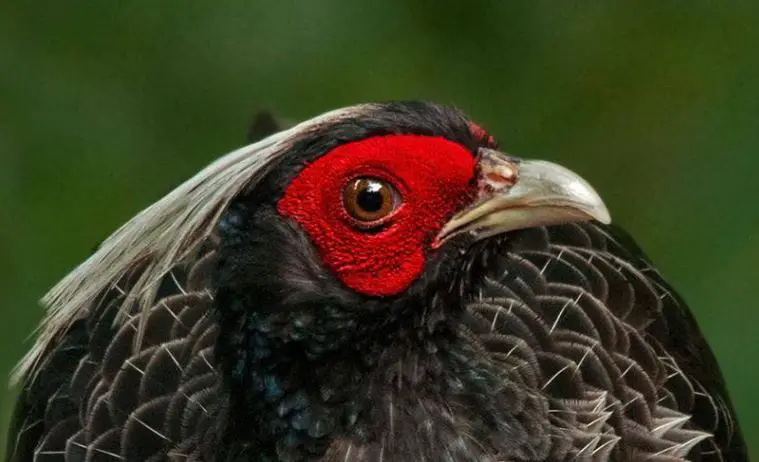
The pheasant is a naturally hunting bird
Have you seen the beak of the pheasant? if they were a little bigger I would be terrified of them, their beak looks strong, pointed and sharp, really intimidating, the pheasant uses its strong beak in the wild to hunt.
Despite being a hunting bird it is also a commonly hunted bird worldwide, has actually been introduced for hunting purposes in various countries, where it is also commercially bred on farms. The common pheasants, especially, have been introduced and are commonly bred in many parts of the world.
It is also a bird with a lot of speed, apart from its sharp beak it has claws on its legs, which in all honesty remind me of the legs of a miniature velociraptor dinosaur.
Hunting for their food, with their large and strong beak they are able to catch its prey in a single bite, the pheasants normally eat a great variety of foods.
Because their diet is diverse, as well as eating rodents and small birds, they also enjoy rich and delicious fruits to improve their digestion, these birds are peculiar and exotic in their diet.
The pheasant is a considerably large bird
The common pheasant measures 70 to 90 centimeters in length with the male specimens (with which it has approximately 45 to 60 centimeters in the long and pointed tail).
The female is 55 to 70 centimeters in (whose tail is approximately 20 to 25 centimeters in length) to moderate-sized chicks are 70 to 90 centimeters.
Wing length ranges from 230 to 267 millimeters with Central European males, and in the hen from 218 to 237 millimeters.
Several subspecies show larger measurements, and the weight of an adult male ranges between 1400 and 1500 grams, that of a hen between 1100 and 1400 grams.
Pheasant foraging
The search for food takes place mainly on the ground, whereby it scratches partly with its feet in the ground, is dug to a predominant part however, also performs a lateral movement with the beak.
The bird also works up to 30 to 35 centimeters in the fresh, deep snow on that occasion from time to time.
The small creatures are caught in poaching, hanging berries partly from the ground, partly also sitting on harvested trees and bushes. Often, food is collected in the form of small components, the pieces are bitten off larger fruits.
What does the pheasant eat by nature?
The food of the common pheasant is largely determined by supply, but most of the food is of vegetable origin.
Only in the first four weeks of life, it consists mainly of insects, after which the portion of animal food decreases sharply.
Plant food usually consists of seeds, but also of subway plant parts such as nodules, bulbs and roots.
The spectrum ranges from the tiny seeds of small carnations to nuts or acorns. The hard-skinned fruits are eaten just like berries poisonous to humans.
At the end of winter and in spring more fresh shoots and leaves are collected.
The spectrum of animal food ranges from small arthropods, earthworms and snails to small vertebrates such as young snakes or voles.
Small insects and their larvae are often collected in staggering quantities. For digestion, large pebbles of 1 to 5 millimeters or in their absence parts of snail shells or small bones are collected.
At the time of reproduction, the calcareous pebbles are swallowed by the enlarged females, which are possibly recognized by the taste.
As a curious fact, the pheasant lives mainly on plant foods such as seeds and berries, and with relish also on insects and other small animals.
Thus, the New Zealand common pheasant eats large quantities of the New Zealand potato beetle, which otherwise feeds on the leaves of potato plants as larvae.
A rooster usually lives with one or two hens during the breeding season. The pheasant hibernates mainly in the breeding areas. Occasionally, it evades in the winter over short distances in habitats that offer more cover or food.

